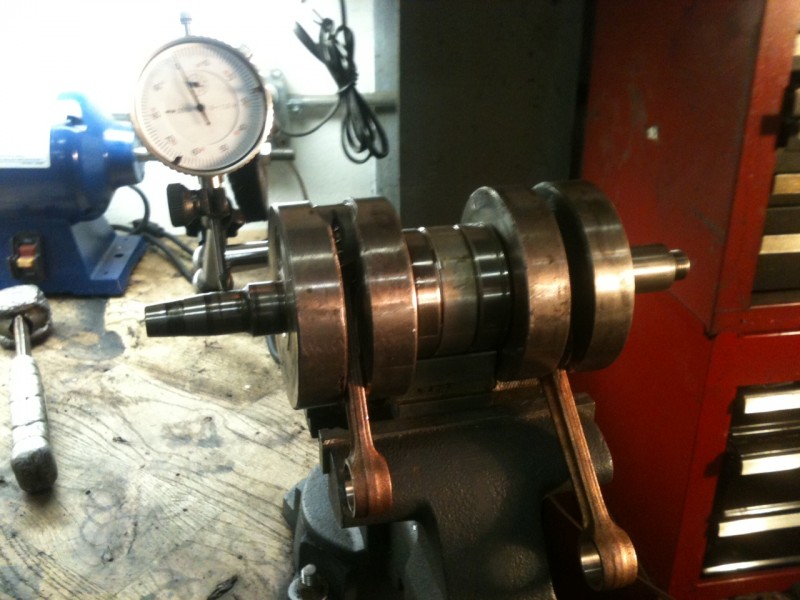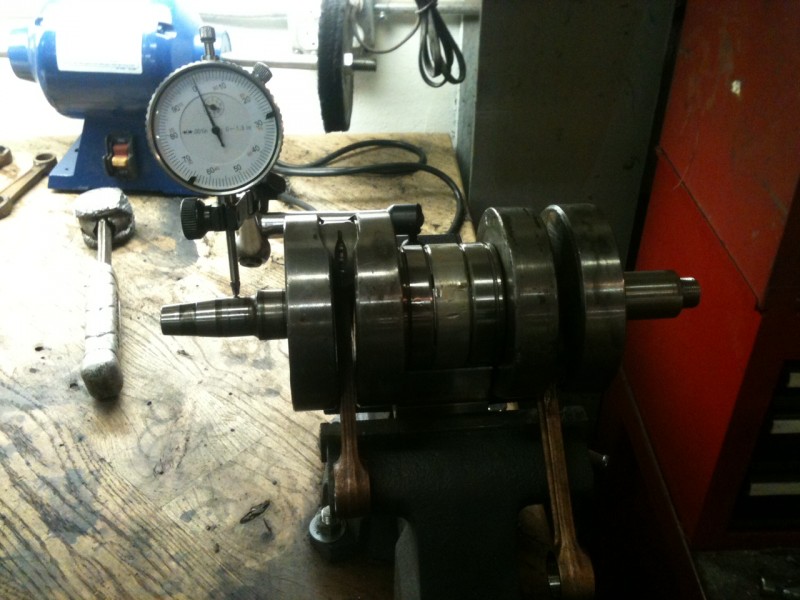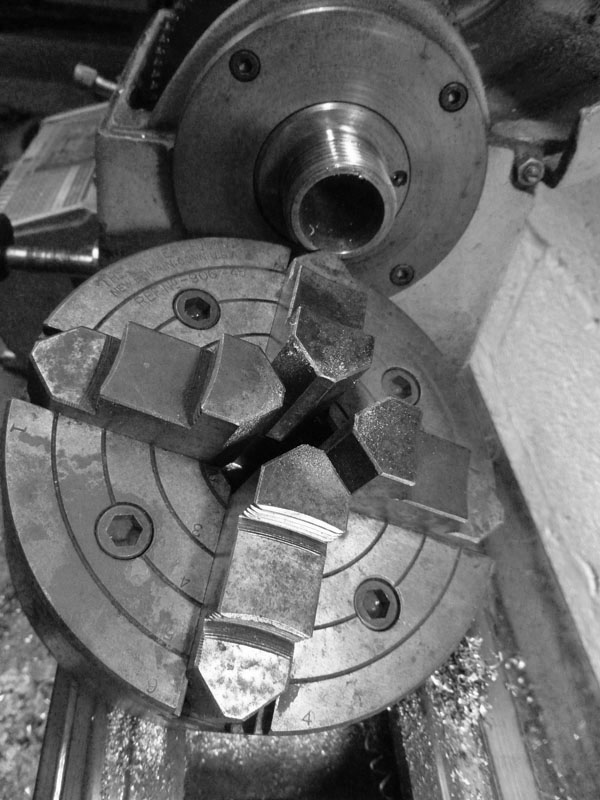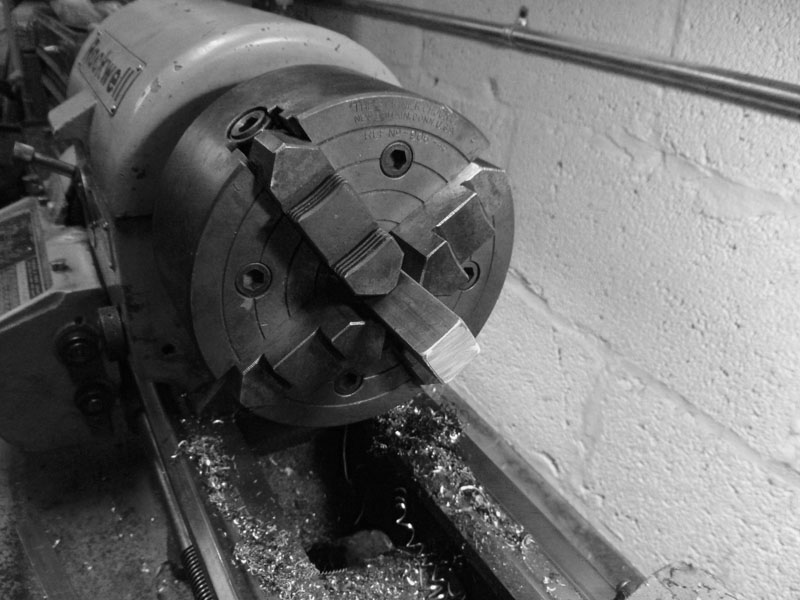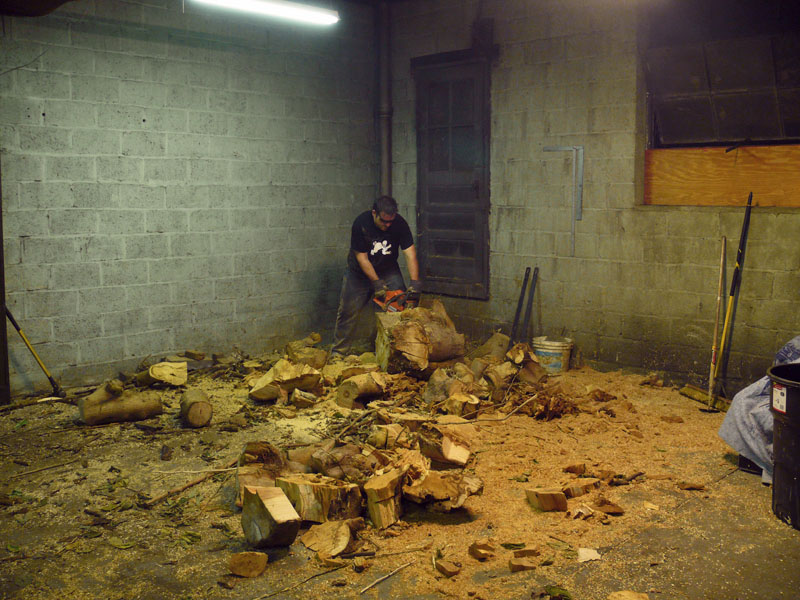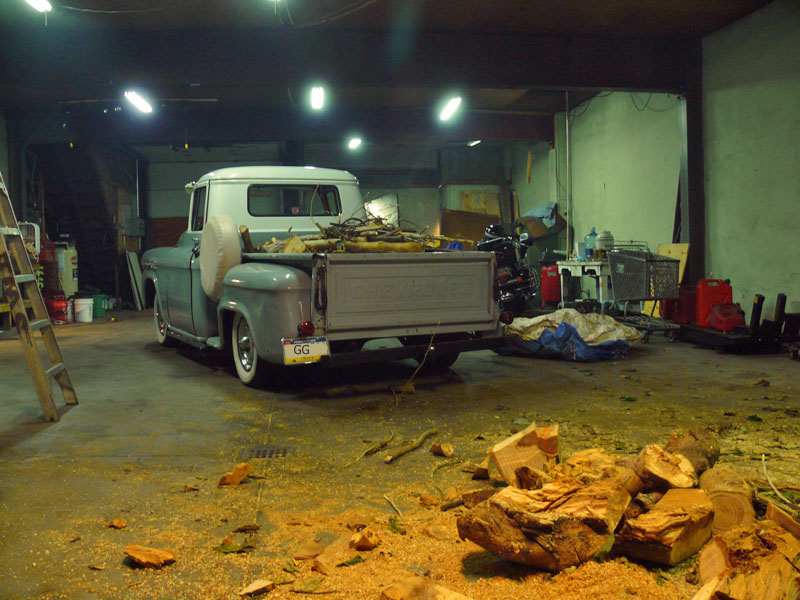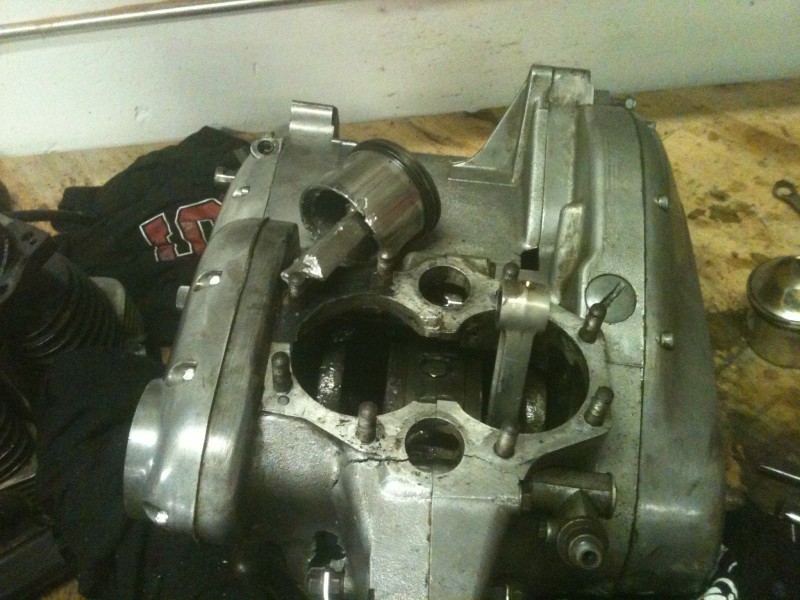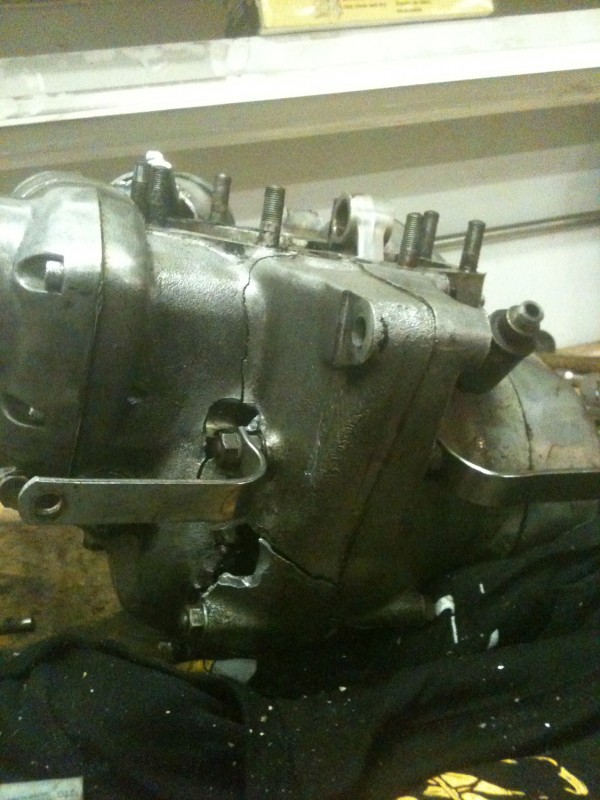For one reason or another I am always fixing the crappiest, clapped out parts, Partly because I’ve sold all the good ones or I’m broke when it comes to buying motorcycle parts and have the tools to fix them. This drum brake hub was no different. The rim and spokes went to the scrap yard.
Any time I have a wheel apart like this I like to resurface the drum because there is no other way to do it. This particular hub is made of aluminum with a cast iron ring pressed into it for the shoes to ride on. Years of sitting have severely rusted the cast iron part and corroded the aluminum. After taking about .020 off the surface it was looking like something useable again and a final cut made it workable again.
Spent the next few hours polishing and painting the hub before lacing it to a new SUN rim. There is a lot of info on building wheels on the net but the one I prefer is by a guy named “Sheldon Wheels Brown” He builds bicycle wheels but his info is superior to all else. Find him here. A few things to watch out for, Motorcycle wheels often have different length spokes and cross patterns in the same wheel. Meaning you can have up to 4 different spokes per wheel. This wheels spokes were the same length but the inners and outers had different lengths from the elbow to the butt end. You should try building your own wheels some time it’s fun and easy.
Happy New Year!
-Dan

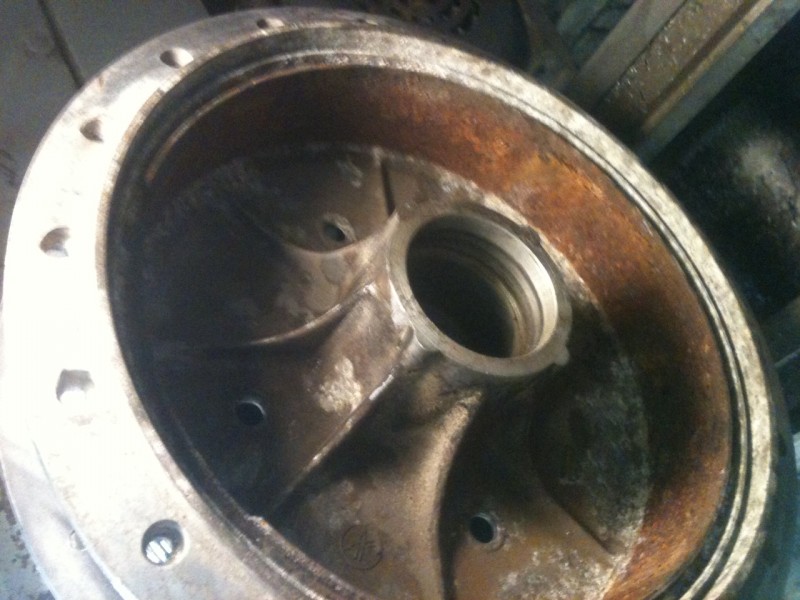
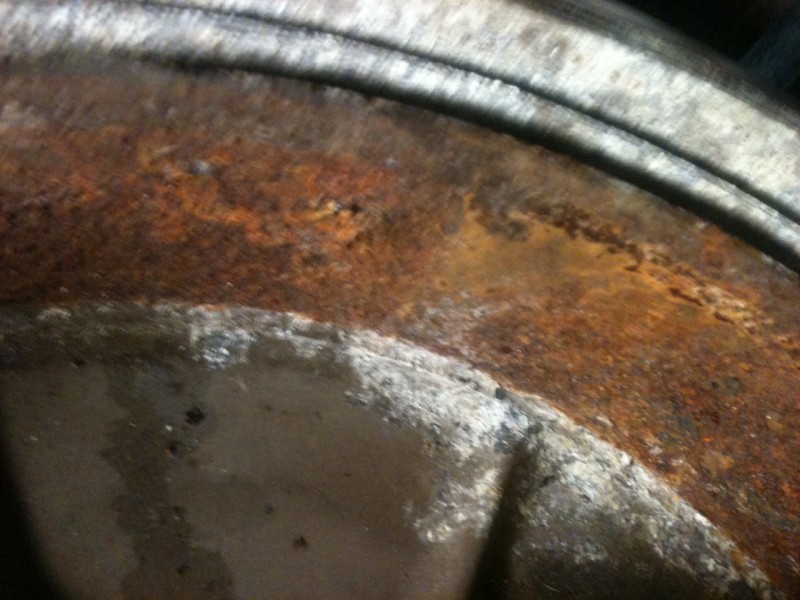
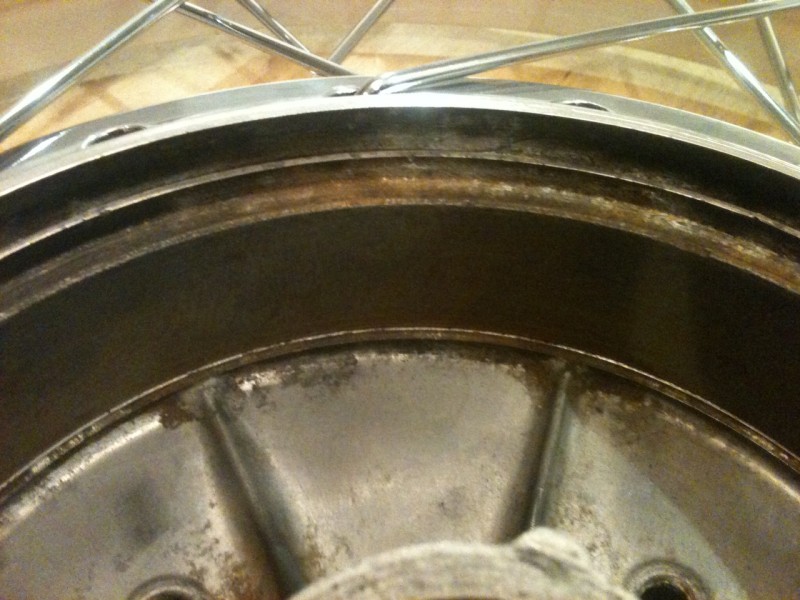
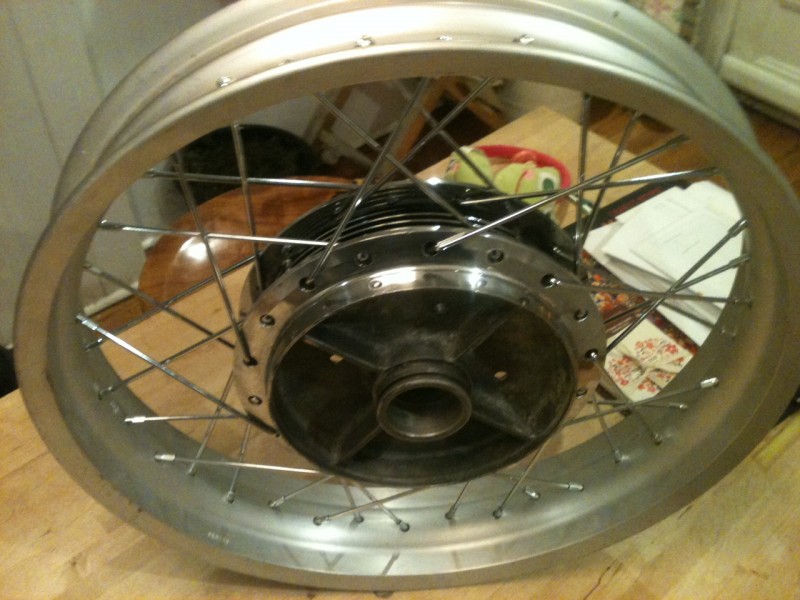
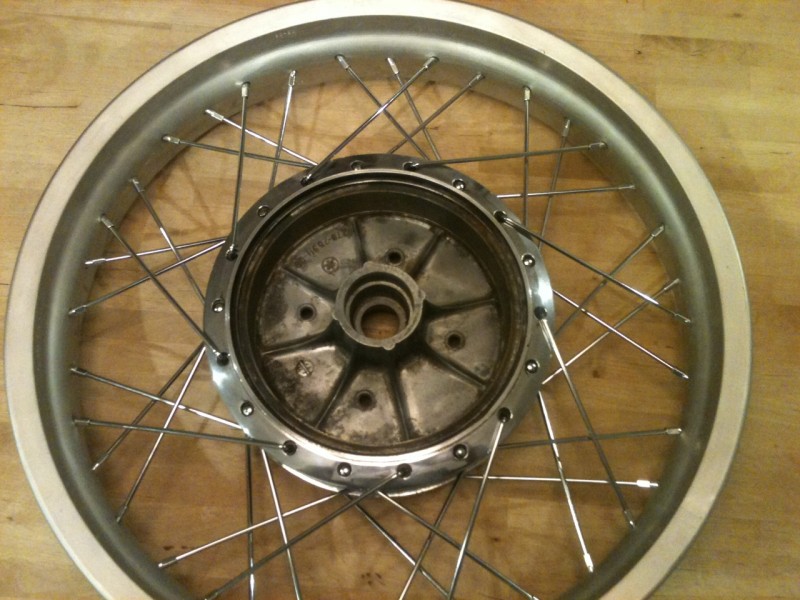
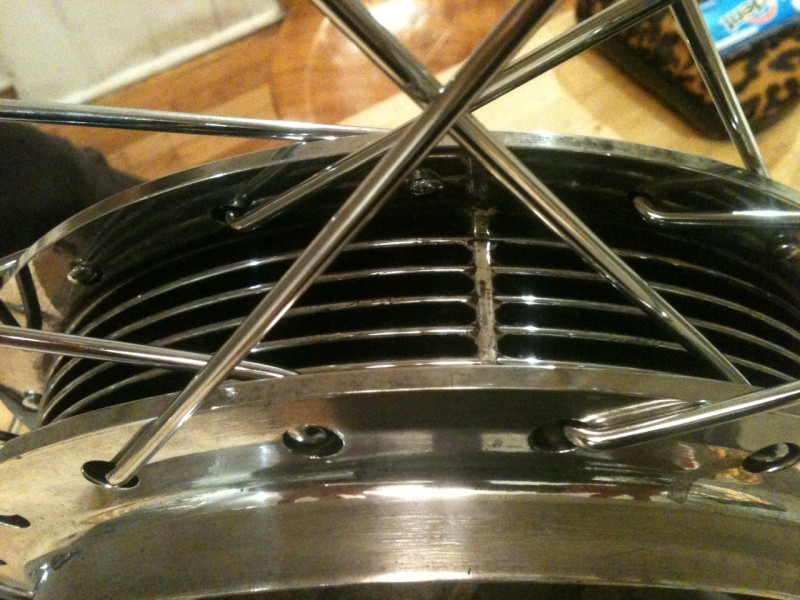
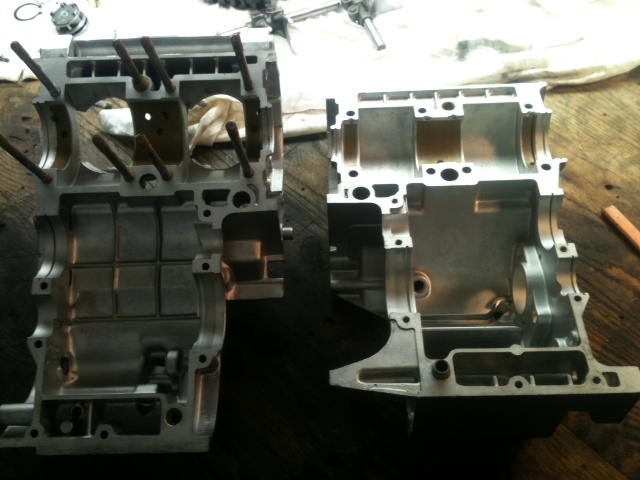
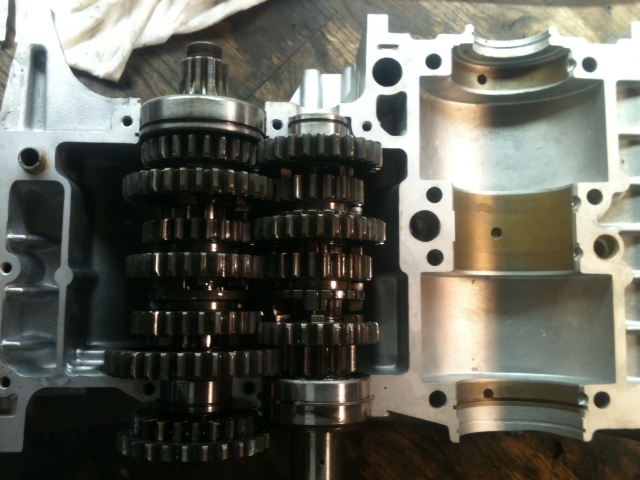
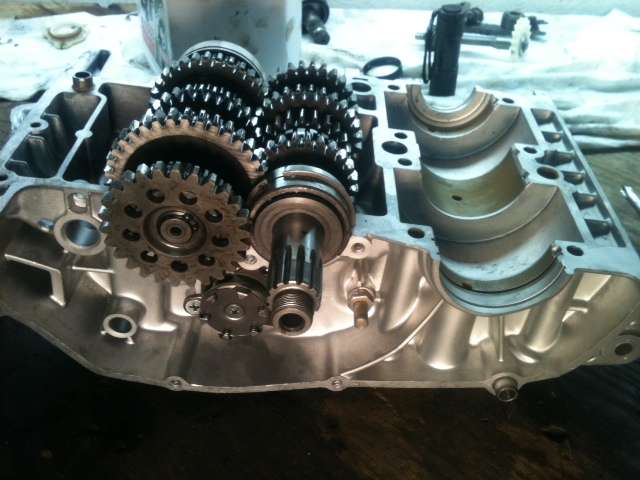


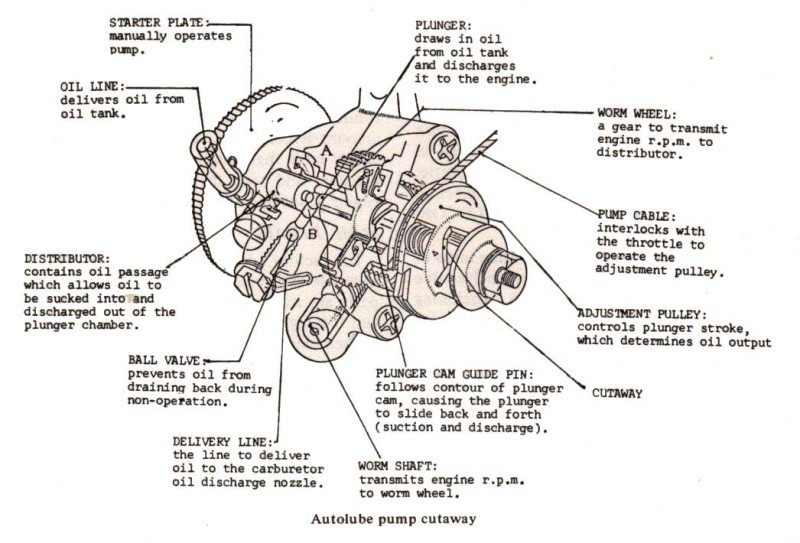
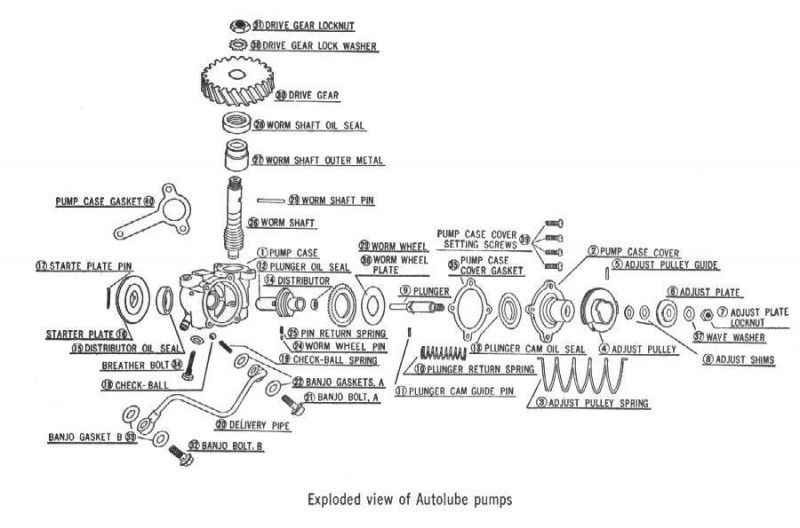

![jmcwinter[1]](http://www.greasygringo.com/wp-content/uploads/2011/12/jmcwinter1.jpg)





